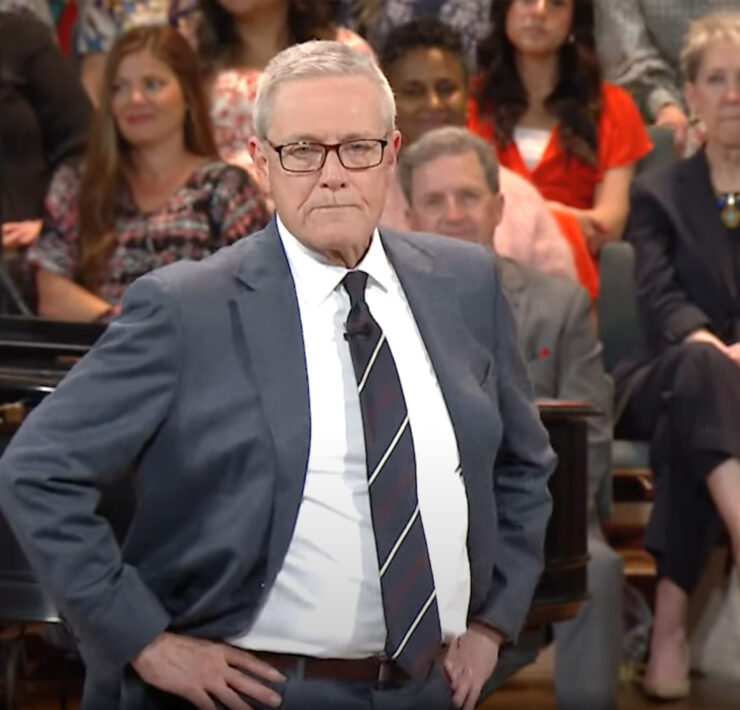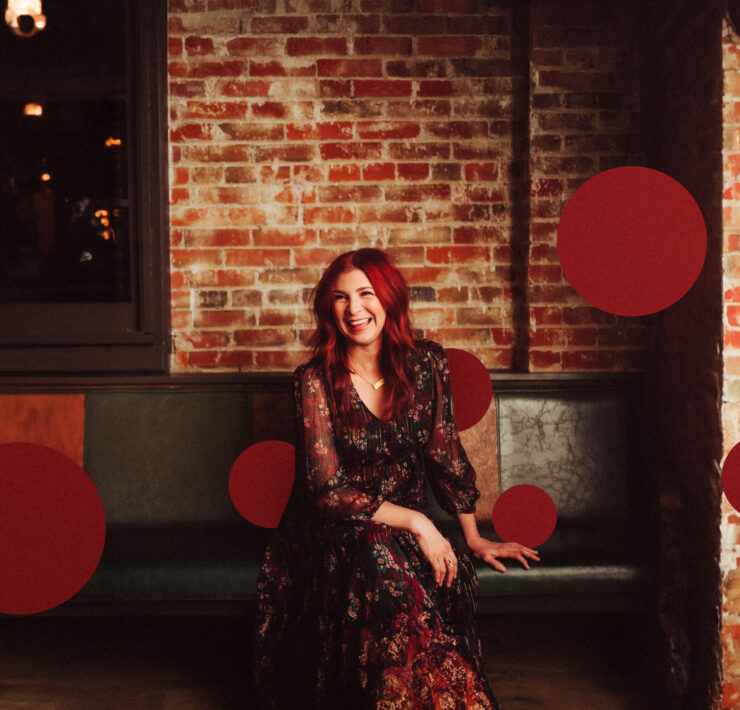
For several years now, there’ve been reports of the “rise” of the “Religious Left” — a loose-knit coalition of mostly young, mostly Christian voters who identify as religiously minded, politically engaged and progressive-minded. Such people have always existed, but their numbers are swelling along with their influence, and the trend pushes back on the notion that the Republican party is the de facto political persuasion of American Christians.
A new report from Paul A. Djupe and Ryan P. Burge at Religion In Public shows just how dramatic this rise has been. In fact, according to their data, the Religious Left is “the most active group in American politics”, with a level of engagement and activism far beyond the group’s relatively meager size.
As you can see in this chart, which shows political activity separated by church attendance and ideology, church attendance for people of all political stripes is likely to boost your political participation. But the more liberal you are, the more likely you are to take action in politics, which this study defined as “campaigning, putting up signs and stickers, protesting, donating to a party or candidate, contacting public officials, and attending local meetings.”

Those who identify as “very liberal” average to very close to two activities per week — the accepted definition of a “political activist” according to political scientists.
But the real question here is, just how big is the Religious Left? The answer is: not very, especially compared to the vast Religious Right. Back in 2006, about 7.6 percent of religious Americans identified as liberal. That number dropped over the next decade to a low of less than 5 percent in 2014, but then took a sharp and sudden turn in 2016, and now rests at about 6 percent.
“I think ‘resurgence’ is too strong a term, but it is clear that something happened to stem the losses,” Burge writes. “And it’s hard to imagine that it wasn’t related to Trump.”

It’s a diverse group, with the largest shares belonging to Catholics (25.2 percent) and Mainline Protestants (22.3 percent). There are also white evangelicals, Black Protestants, Muslims, Jews and Hindus. The researchers even included the famous “Nones” — who don’t necessarily adhere to any organized religion but nevertheless identify as spiritually engaged. The group is also far more racially diverse than the Religious Right — just 59 percent white, compared to the 72 percent of the rest of the country.
All told, the study finds that about one in 20 Americans would qualify as being a member of the Religious Left, which is only about a third the size of white evangelicals as a whole. In other words, it’s not huge.
“That’s not to say that they can’t have an impact on politics, especially at the state and local level,” the study says. “But it’s fair to say that they cannot match the size and power amassed by the Religious Right.”























